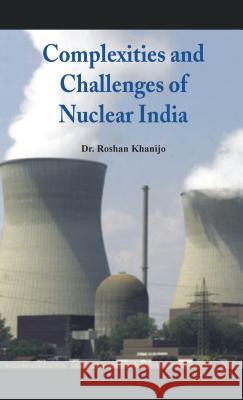Complexities and Challenges of Nuclear India » książka
Complexities and Challenges of Nuclear India
ISBN-13: 9789384464301 / Angielski / Miękka / 2015 / 360 str.
Four decades have passed since India conducted its first nuclear test. Since then the world has undergone a transition, both in terms of power dynamics and military warfare. The emergence of New Nuclear and Threshold states has transformed the traditional military warfare, making it more asymmetric. Though the concept of nuclear deterrence in the American strategic thought has diminished, but the Asian countries still consider nuclear weapons as an important strategy in combating conventional weaknesses. This altered strategic space has created problems in the civilian and the military domains. The emergence of economically strong China aiming for military modernization, to achieve global reach through precision missiles, is making Asia edgy. A nuclear Pakistan which is constantly increasing its nuclear stockpile is creating stability-instability paradoxes in Asia. India which is also emerging as a powerful state needs to approach this dynamic shift in a holistic manner. A strategic churning has begun in Asia and whether this will be in India's favour depends on the strategic choices that India adopts. China has revolutionized its Second Artillery through a process of "Informationalization and Modernisation" and is diversifying the military technology which is having a cascading effect in Asia. Pakistan through its nuclear policy of "First Use," its alleged use of "Tactical Nuclear Weapons" is making South Asia vulnerable to nuclear terrorism. Under such conditions are there any gaps between India's nuclear doctrine and its force structure? Can India's nuclear strategy counter China? Is India capable of countering a Sino-Pak nexus? These are a few questions along with others which this book will try to unravel.











